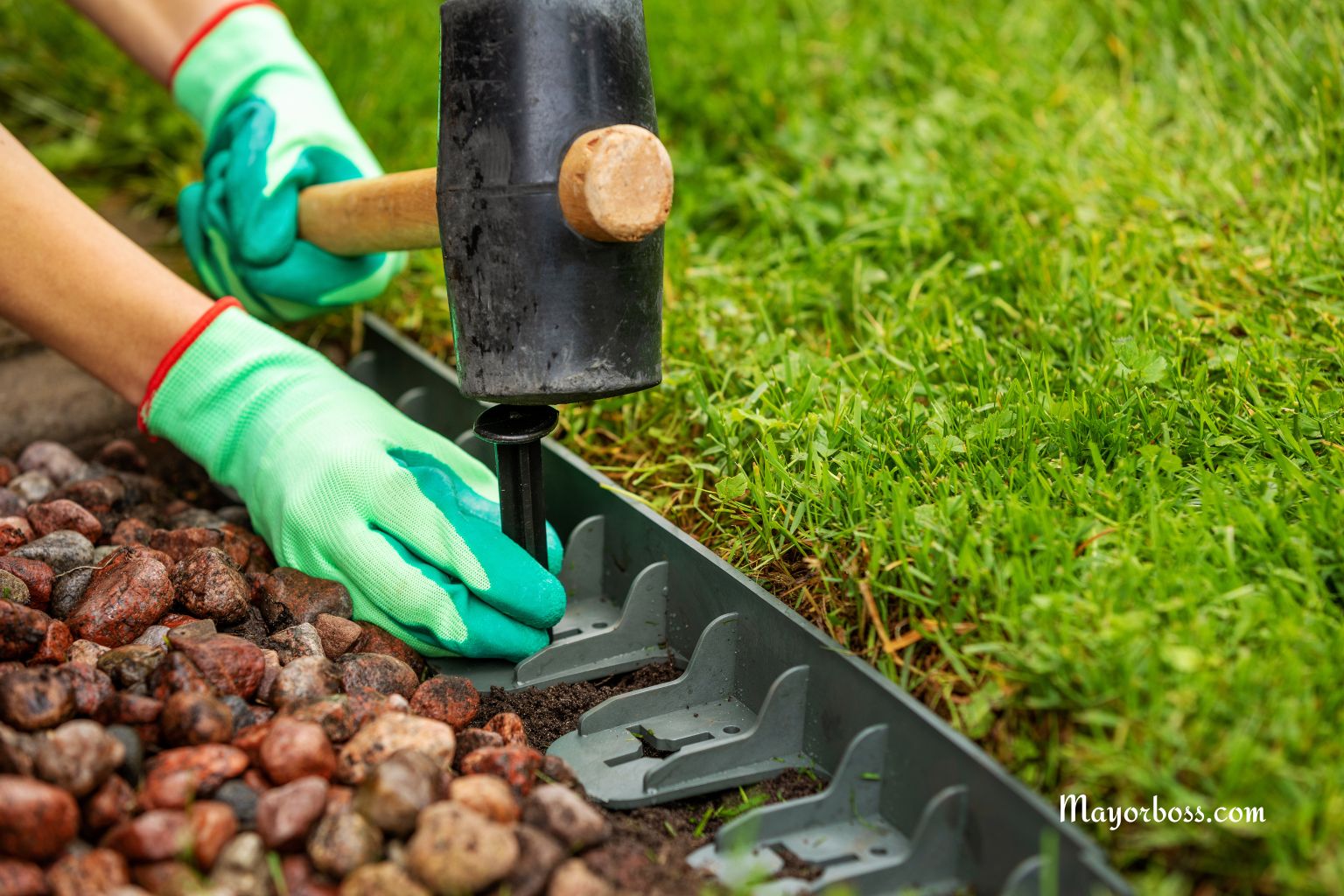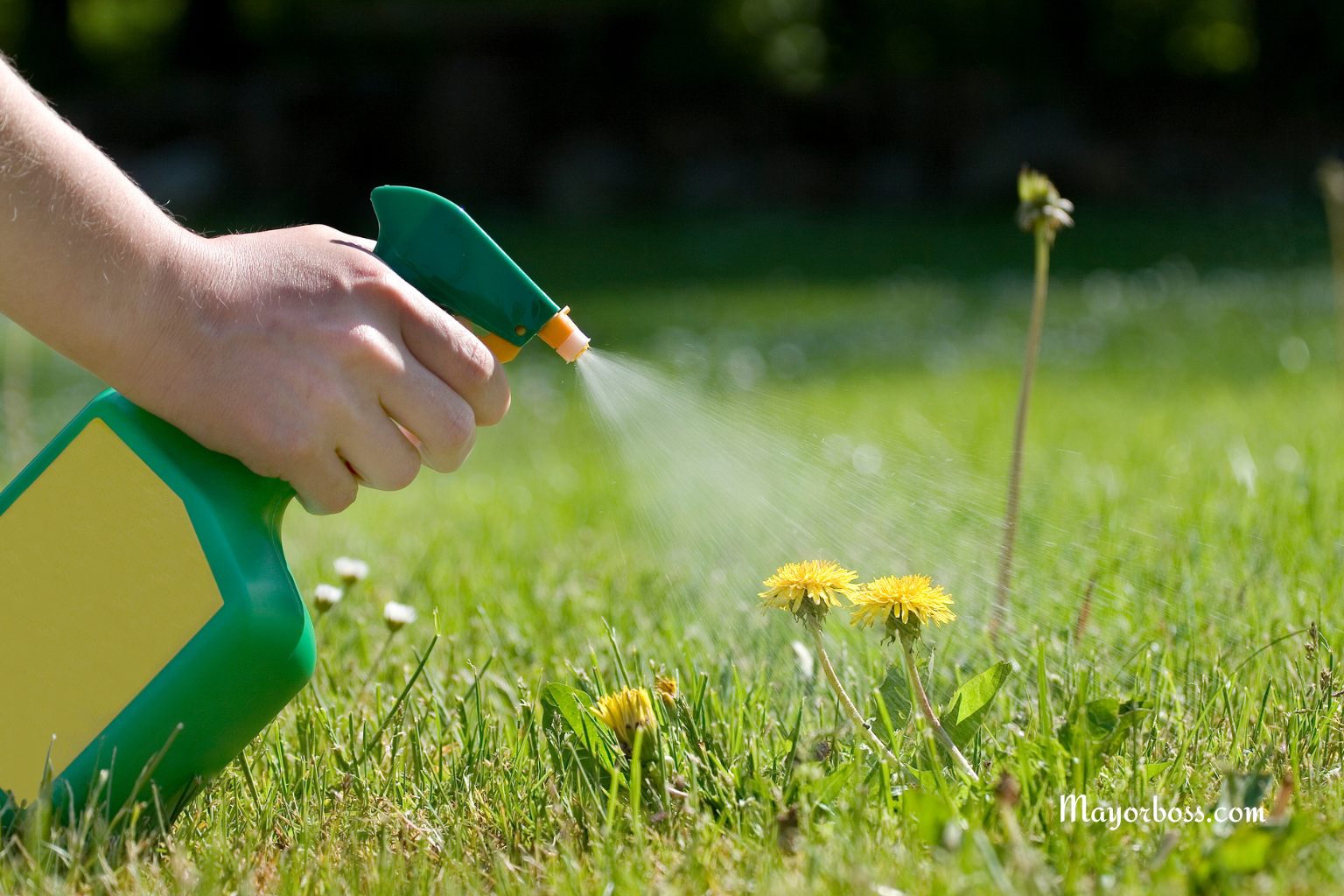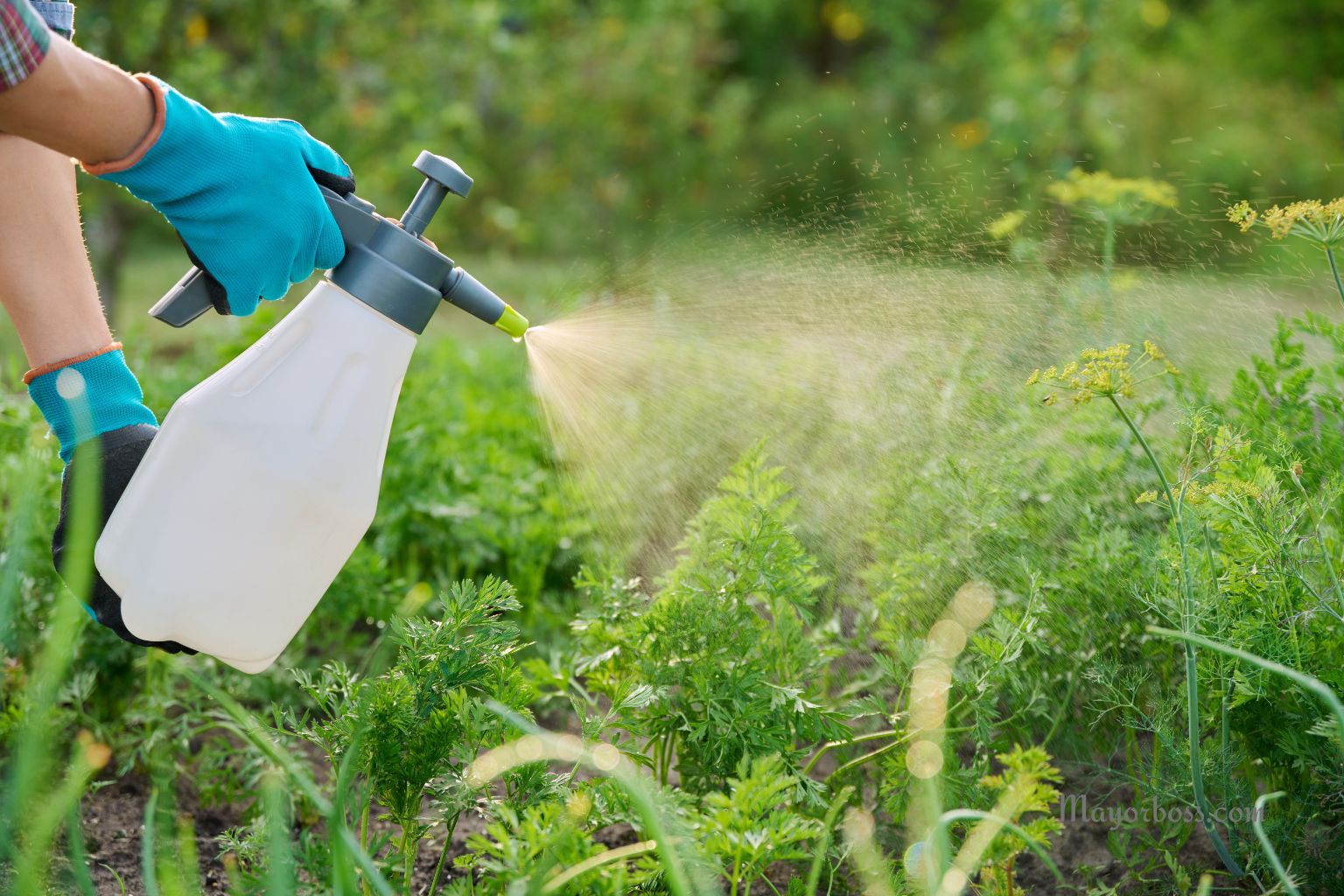How to Stop Your Neighbor’s Weeds from Invading Your Yard and Lawn
To keep your neighbor’s weeds from spreading into your yard, install physical barriers, keep your grass healthy, maintain a clean border, and address any weeds that appear right away.

It can be frustrating to take good care of your lawn, only to find weeds creeping in from next door. You spend time, money, and energy on your yard, but weeds do not respect property lines. If your neighbor’s yard has a weed problem, those seeds can easily drift onto your side and take root. Left unchecked, a few weeds can quickly become a bigger headache. Taking the right steps early can help keep your lawn healthy and weed-free.
How Weeds Spread from Yard to Yard
Most weeds spread by releasing seeds that travel through the air. Wind, birds, pets, and even foot traffic can carry weed seeds from one yard to another. Some weeds also spread underground through roots or runners. If there’s a bare spot near the edge of your lawn, that’s an open invitation for weeds to move in.
Create a Barrier
One of the most effective ways to block weeds is to create a physical barrier along the border between your yard and your neighbor’s. You can install edging made from plastic, metal, or stone. Aim for a border that’s at least four to six inches deep in the soil, since some weeds send roots underground.
Hedges, thick shrubs, or flower beds planted along the fence line also work well as a natural barrier. These plants block the wind and make it harder for weed seeds to blow across.
Keep Your Grass Thick and Healthy
Weeds thrive where grass is thin or stressed. Dense, healthy turf naturally crowds out weeds. Mow your lawn at the right height for your grass type. Avoid cutting it too short, as this weakens the grass and lets sunlight reach weed seeds. Most lawns do best at a height of 2.5 to 3.5 inches.
Water deeply and less often, so the grass roots grow strong. Fertilize based on your grass’s needs and soil test results. If you see bare or thin spots, overseed them in the spring or fall. The thicker your grass, the fewer opportunities weeds have to take hold.
Maintain a Clean Border
Regularly inspect the edge of your lawn, especially along shared fences or property lines. Pull up any weeds you spot right away, roots and all. Leaving even one weed can lead to many more in just a few weeks.
You can also apply mulch in flower beds or bare soil at the border. Mulch blocks sunlight, which weeds need to grow. Use a layer about two to three inches deep, and refresh it as needed.
Use Targeted Weed Control
If weeds are still sneaking in, spot-treat them with a weed killer that’s safe for your lawn type. Read the label and apply only as directed. For dandelions, crabgrass, and clover, use selective herbicides. Always treat weeds when they’re small for the best results.
For a more natural approach, you can use vinegar or boiling water on weeds growing in cracks or non-grassy areas. Be careful not to splash these on your grass or garden plants.
Talk to Your Neighbor (If You Feel Comfortable)
Sometimes, a friendly conversation can help. Your neighbor may not realize their weeds are affecting your yard. Offer tips or suggest working together to maintain the shared property line. However, keep things polite and respectful—your goal is to solve the problem, not start a dispute.
Speak With Your Local Homeowners Association
If you’ve tried everything and the weeds keep coming back, consider speaking with your local homeowners’ association (if you have one) or city office. Some areas have rules about yard maintenance. Most issues can be handled without official involvement, but it’s good to know your options.
Summary
- Install a physical barrier at the border.
- Keep your grass thick and healthy.
- Inspect borders often and remove weeds quickly.
- Use mulch or targeted weed control as needed.
- Talk to your neighbor if possible.
- Address persistent issues through proper channels.
FAQs
1. What kind of barrier works best for stopping weeds?
Plastic or metal edging installed at least four inches deep works well. Thick shrubs or a well-maintained flower bed can also help block weeds.
2. Can I use a weed killer along my property line?
Yes, but use products that are safe for your grass and follow the label instructions. Spot-treat weeds instead of spraying the whole area.
3. Should I water my lawn more to prevent weeds?
It’s better to water deeply and less often. This helps your grass grow deep roots, which crowd out weeds. Avoid frequent, shallow watering.
4. What if my neighbor doesn’t care about their weeds?
Try a friendly conversation first. If the problem continues, check if your local area has rules about yard maintenance.
5. Will mulch keep all weeds out?
Mulch is very effective in garden beds and bare areas. It blocks sunlight and makes it hard for weeds to grow, but you may still need to pull a few now and then.






